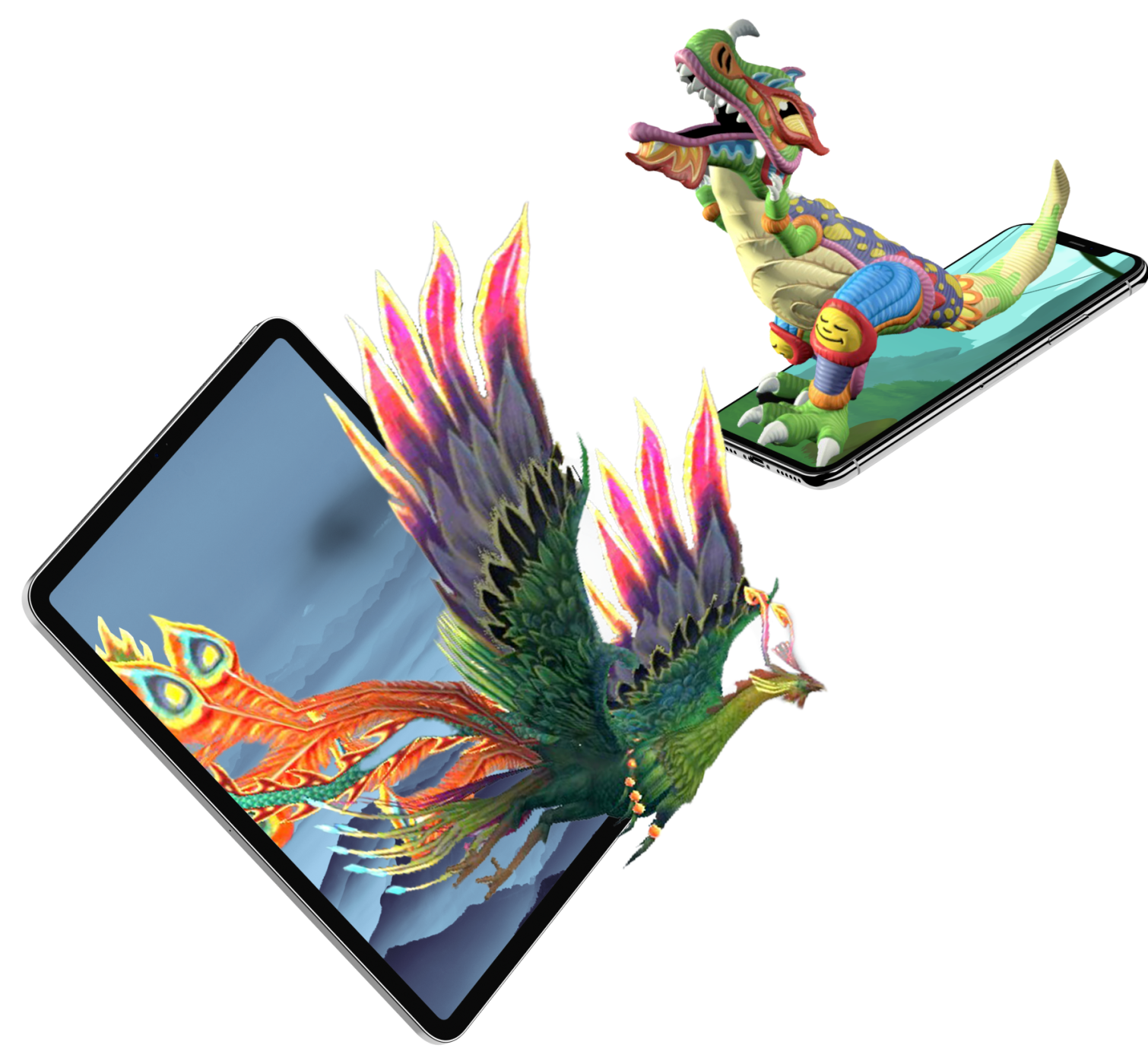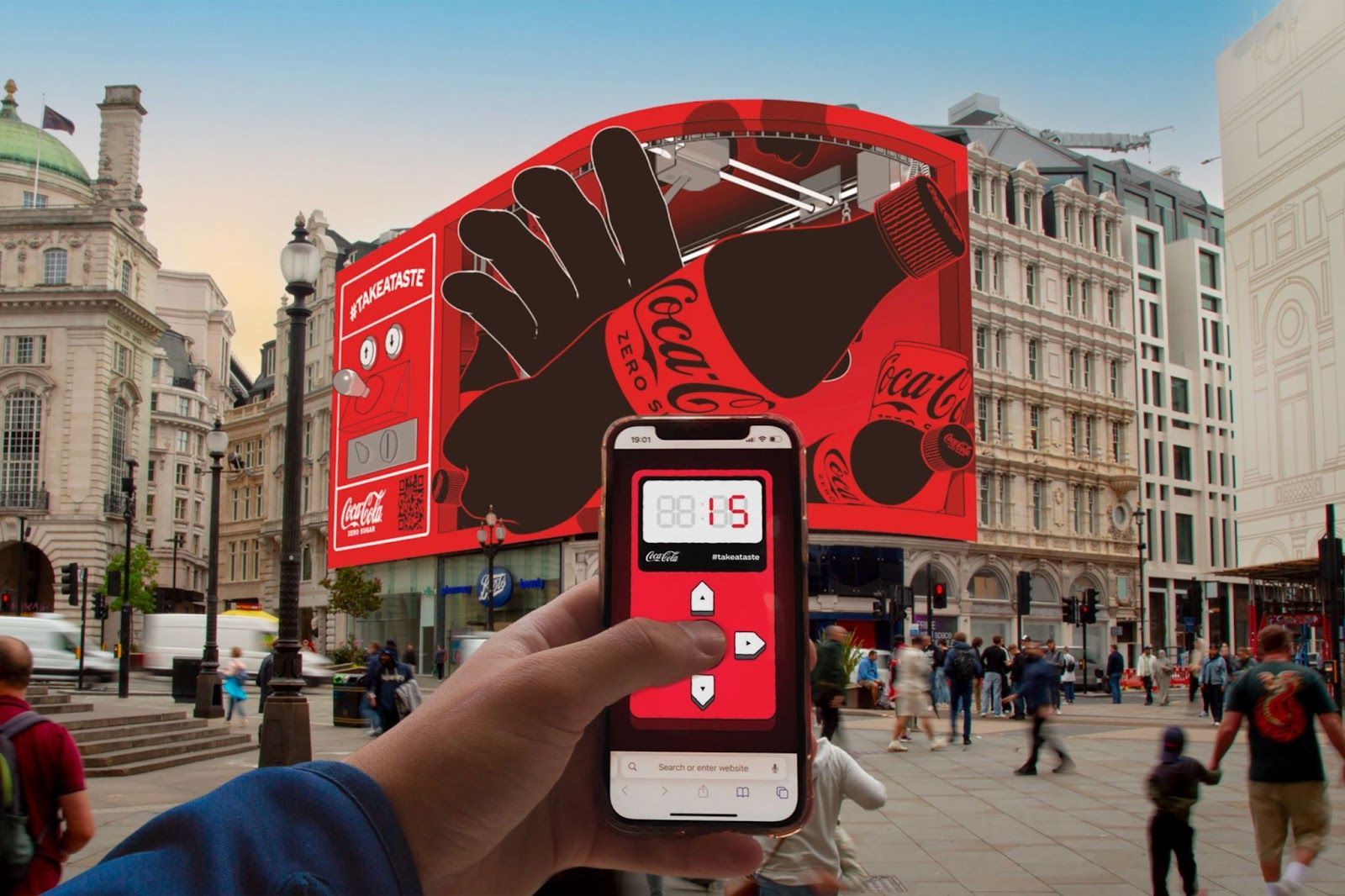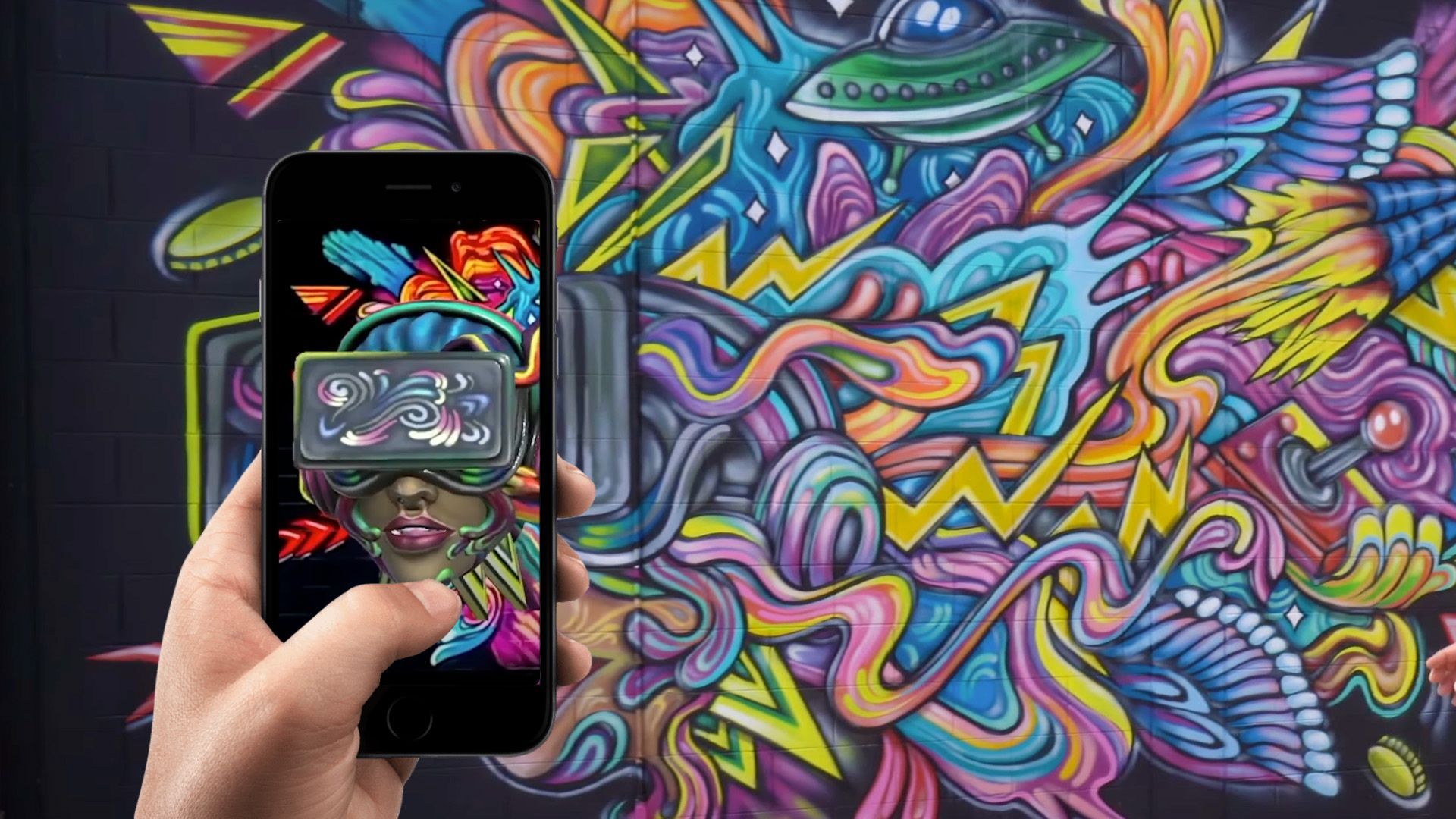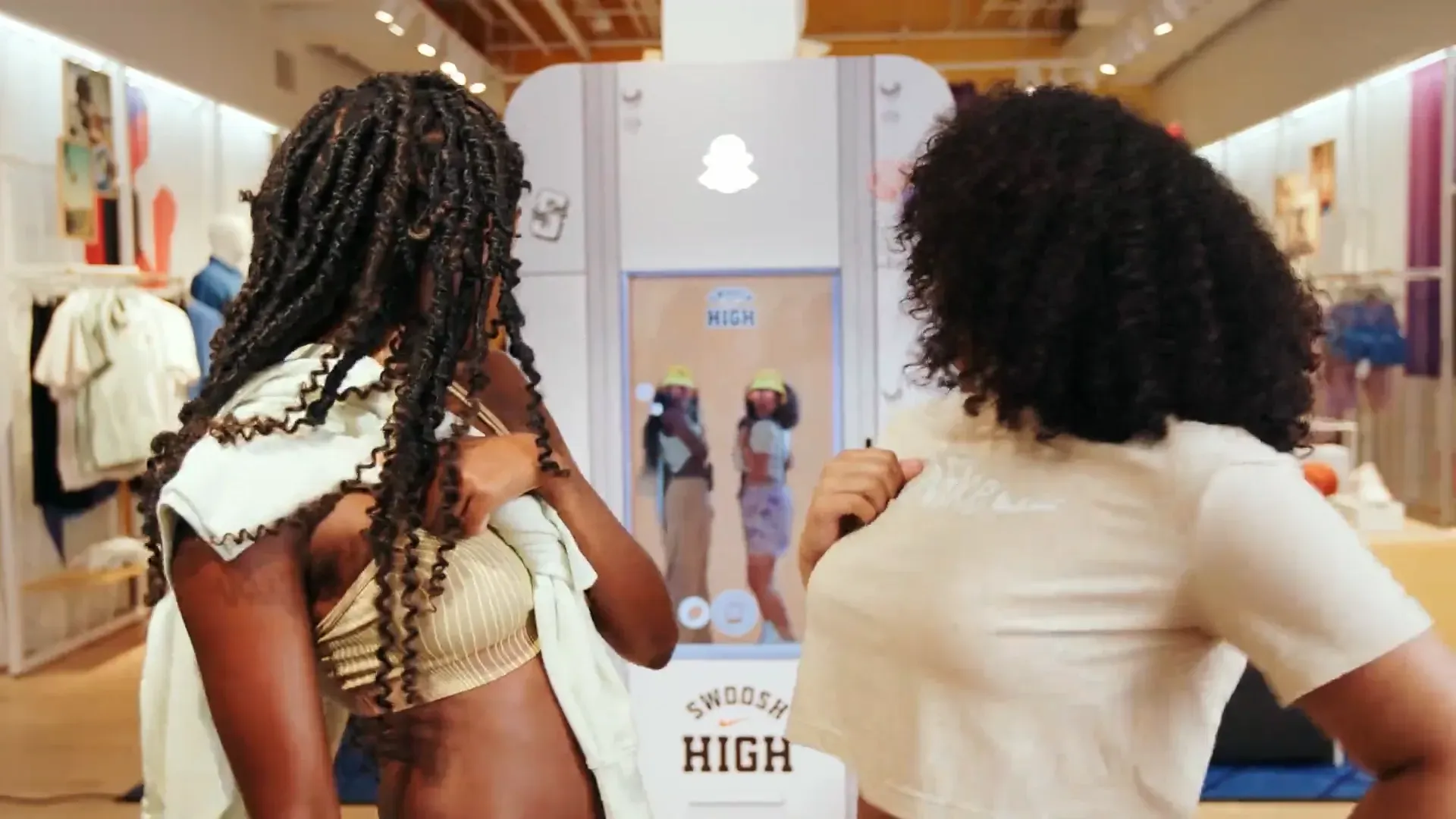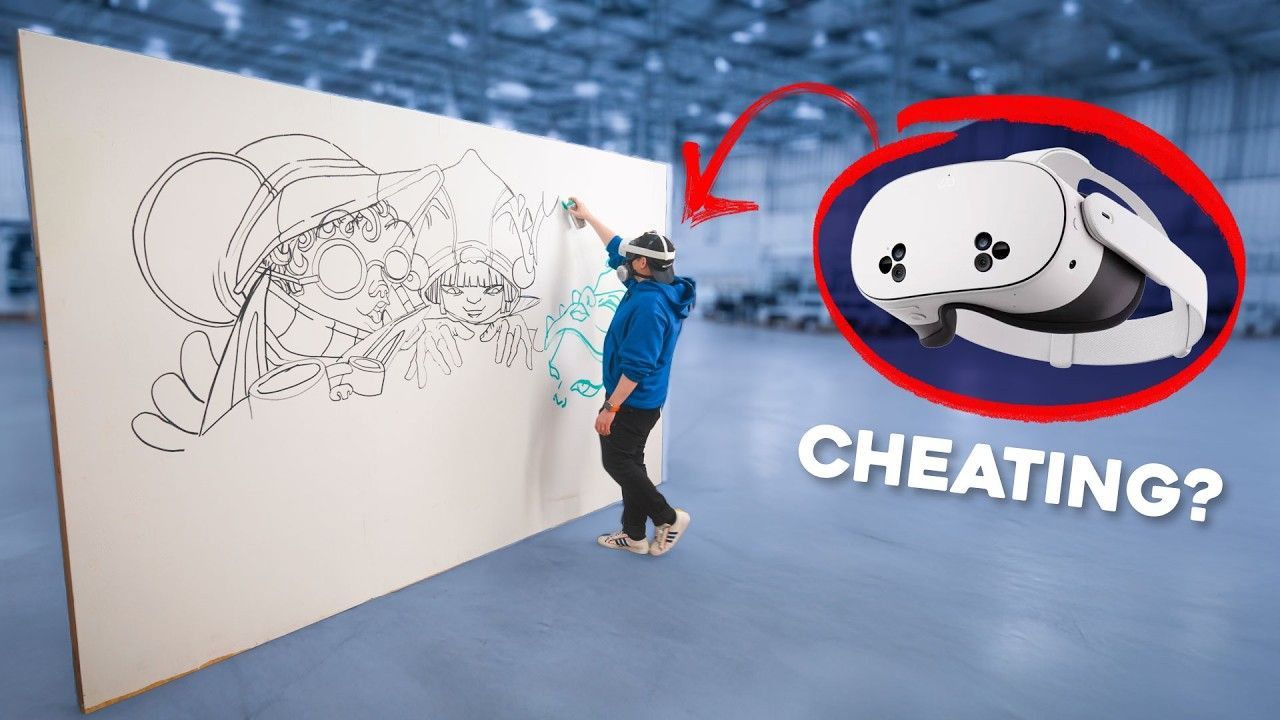How Smart Mirrors are Transforming Retail
Smart mirrors are revolutionizing the retail industry by enhancing the shopping experience, improving customer satisfaction, and increasing store traffic. These advanced devices integrate augmented reality (AR) technology, artificial intelligence (AI), and machine learning algorithms to provide a seamless and interactive shopping journey. This article explores how smart mirrors are transforming the retail landscape, the technology behind them, and their impact on both retailers and customers.
The Technology Behind Smart Mirrors
Smart mirrors utilize a combination of augmented reality, artificial intelligence, and machine learning to deliver an immersive and personalized shopping experience. These mirrors are embedded with cameras and sensors that capture the user's image in real-time. The integration of AR technology overlays digital content onto the reflection, allowing customers to virtually try on clothes, accessories, and makeup.
Augmented Reality in Retail
Augmented reality has become a pivotal tool in the retail industry, offering customers a more engaging and interactive experience. Smart mirrors leverage AR to enable virtual try-ons, which have proven to increase customer satisfaction and reduce return rates. This technology allows customers to see how products look on them without physically trying them on, saving time and enhancing convenience.
Snapchat and Snap, known for their innovative AR filters, have also ventured into retail. Their augmented reality mirrors are designed to enhance the shopping journey, making it more engaging and interactive.
Enhancing the Shopping Journey
Smart mirrors transform the traditional shopping experience by offering several benefits:
- Virtual Try-On Experience: Customers can try on different outfits, accessories, and makeup virtually. This feature is particularly useful in beauty stores where customers can see how different shades of makeup look on their skin tone without physically applying them.
- Personalized Recommendations: AI algorithms analyze customer preferences and shopping behavior to provide personalized product recommendations. This enhances the shopping journey by making it more tailored to individual needs.
- Real-Time Feedback: Smart mirrors can provide real-time feedback on fit and style. Customers can see how different sizes and styles look on them, making it easier to make purchasing decisions.
- Increased Engagement: The interactive nature of smart mirrors makes the shopping experience more engaging. Customers spend more time in stores, which can lead to increased foot traffic and higher sales.
Case Study: Tommy Hilfiger
Tommy Hilfiger is one of the leading brands that have adopted smart mirror technology. Their stores feature smart mirrors that allow customers to see how clothes look on them without trying them on. This technology has enhanced the customer experience, increased sales, and reduced return rates.
The Impact on Retailers
The adoption of smart mirrors has a significant impact on retailers. Here are some key benefits:
- Increased Foot Traffic: The novelty and convenience of smart mirrors attract more customers to physical stores. Retailers can leverage this technology to draw in tech-savvy shoppers looking for a unique shopping experience.
- 24/7 Operation: Smart mirrors can operate around the clock, allowing customers to shop even when stores are closed. This feature is particularly beneficial for retailers with online and physical stores, as it bridges the gap between the two.
- Data Collection and Analytics: Smart mirrors collect valuable customer preferences and behavior data. Retailers can use this data to improve inventory management, personalize marketing campaigns, and enhance the shopping experience.
- Cost Savings: By reducing the need for physical try-ons, smart mirrors help retailers save on cleaning and restocking costs. They also reduce return rates, which can be a significant retailer expense.
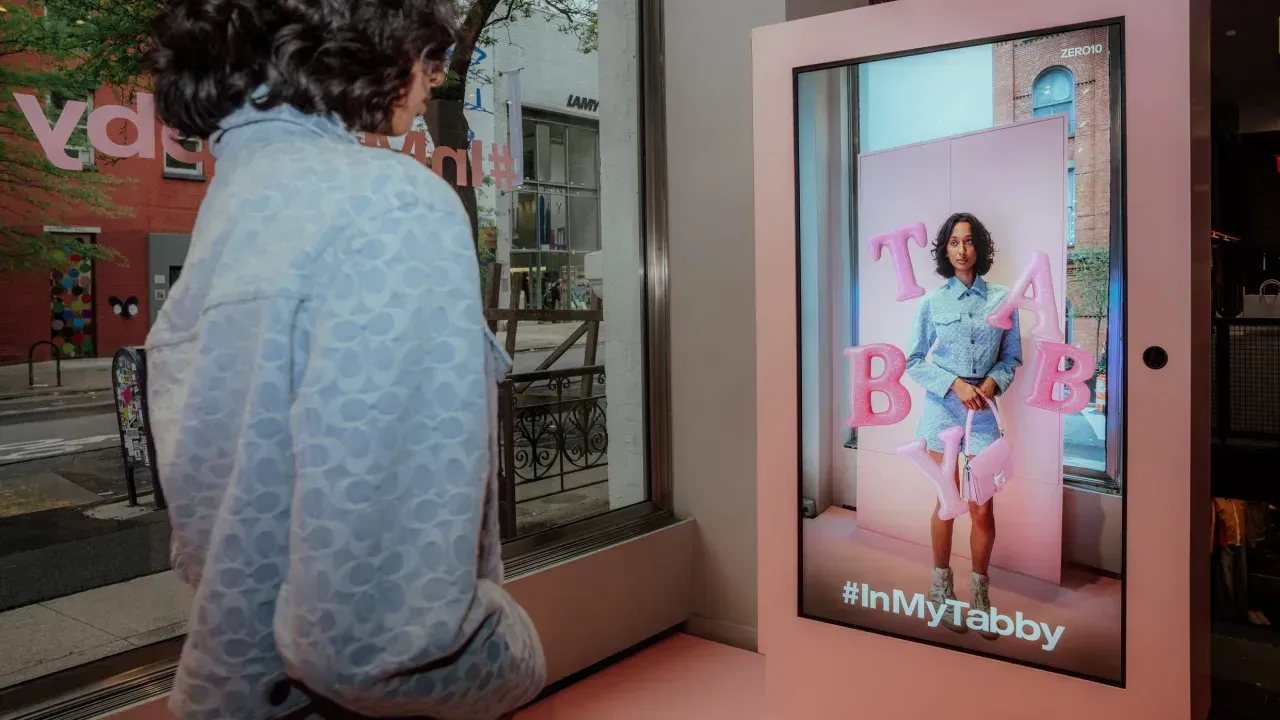
Future Trends
The future of smart mirrors in retail looks promising. Here are some trends to watch:
- Integration with Social Media: Smart mirrors could integrate with social media platforms like Instagram and Snapchat, allowing customers to share their virtual try-on experiences with friends and followers.
- Advanced AI and Machine Learning: As AI and machine learning technologies evolve, smart mirrors will become even more intuitive and capable of providing highly personalized recommendations.
- Expansion to Other Retail Sectors: While fashion and beauty have been early adopters, other retail sectors like eyewear, jewelry, and home decor are beginning to explore the potential of smart mirrors.
- Improved AR Capabilities: The development of more advanced AR technologies will enhance the realism and accuracy of virtual try-ons, making smart mirrors an indispensable tool in the retail industry.
Conclusion
Smart mirrors transform the retail industry by providing an immersive and personalized shopping experience. Integrating augmented reality, artificial intelligence, and machine learning technologies enhances customer satisfaction, increases foot traffic, and provides valuable data for retailers. As this technology evolves, we expect to see even more innovative applications and widespread adoption across various retail sectors.
Incorporating smart mirrors into retail strategies can set brands apart, offering a futuristic and convenient shopping experience that meets the needs of today's consumers. With the potential to revolutionize the way we shop, smart mirrors are not just a trend but a significant advancement in the retail landscape.
TALK TO A PRO
We're here to bring your brand to life!
Stay Connected with BrandXR
Create Augmented Reality for Free!
Create, Publish, and Measure 3D Augmented Reality Experiences Without Having to Code.
